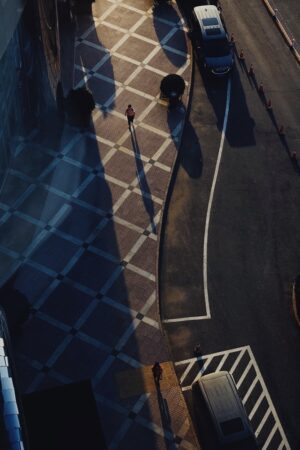Cosmic Wonders
When we look up to the night sky, there is something fatally attractive about its being. ‘Mortal as I am, I know that I am born for a day,’ says Ptolemy, the ancient Greek astronomer. ‘But when I follow at my pleasure the serried multitude of the stars in their circular course, my feet no longer touch the earth.’ Lived in the city of Alexandria under the rule of the Roman Empire, Ptolemy authored Almagest – the only surviving comprehensive ancient treatise on astronomy. The book contains a star catalogue, consisting of forty-eight constellations that set the foundation for the modern system; however, as it is usually the case with ancient science, the catalogue’s illustration stopped at where the eyes cannot see.
This is partly the reason why I was taken back when I saw the photo of a cosmic web for the first time in 2019. To think that we can now directly stare at the structure of the universe, one feels their presence simultaneously grows and diminishes. Without the context, it is not a prominent photo at first sight. Against a patch of darkness, dim streaks of cool-toned lights sprawl all over the place. Similar to the more well-known black hole photo taken in the same year, it almost brings up a sense of disappointment, as if it is an understatement of cosmic networks’ mysteriousness. Nevertheless, a further read of its background brings up complex emotions about where we stand in the universe.

Comic web observed by scientists
The cosmic web is an architecture that links up far-flung galaxies. During a scientific observation designed to scrutinise the faintest known structures, the European Southern Observatory’s Very Large Telescope located the presence of these networks for the first time. By definition, the cosmic web is connected and disconnected. While it is composed of joined filaments of galaxies and gases, they are also separated by giant voids in between. The photo of the cosmic web I was looking at was 12bn light-years away from us in the constellation of Aquarius – a distance my brain was simply incapable of processing.
Coming back to this year’s theme of our anthology, this is what appeared in my mind when I interrogated myself about my definition of networks. We are so used to networks being something accessible and mundane; in fact, we can’t help but be reminded of an image of the digital mechanism when we talk about ‘networks’. However, the network can also be an aesthetic subject – a topic about something bigger than us, something about how we came to being and live on in this universe.
How do you represent the romance of the unknown networks? Submit your work here and let us know!
 Previous Post
Previous Post Next Post
Next Post